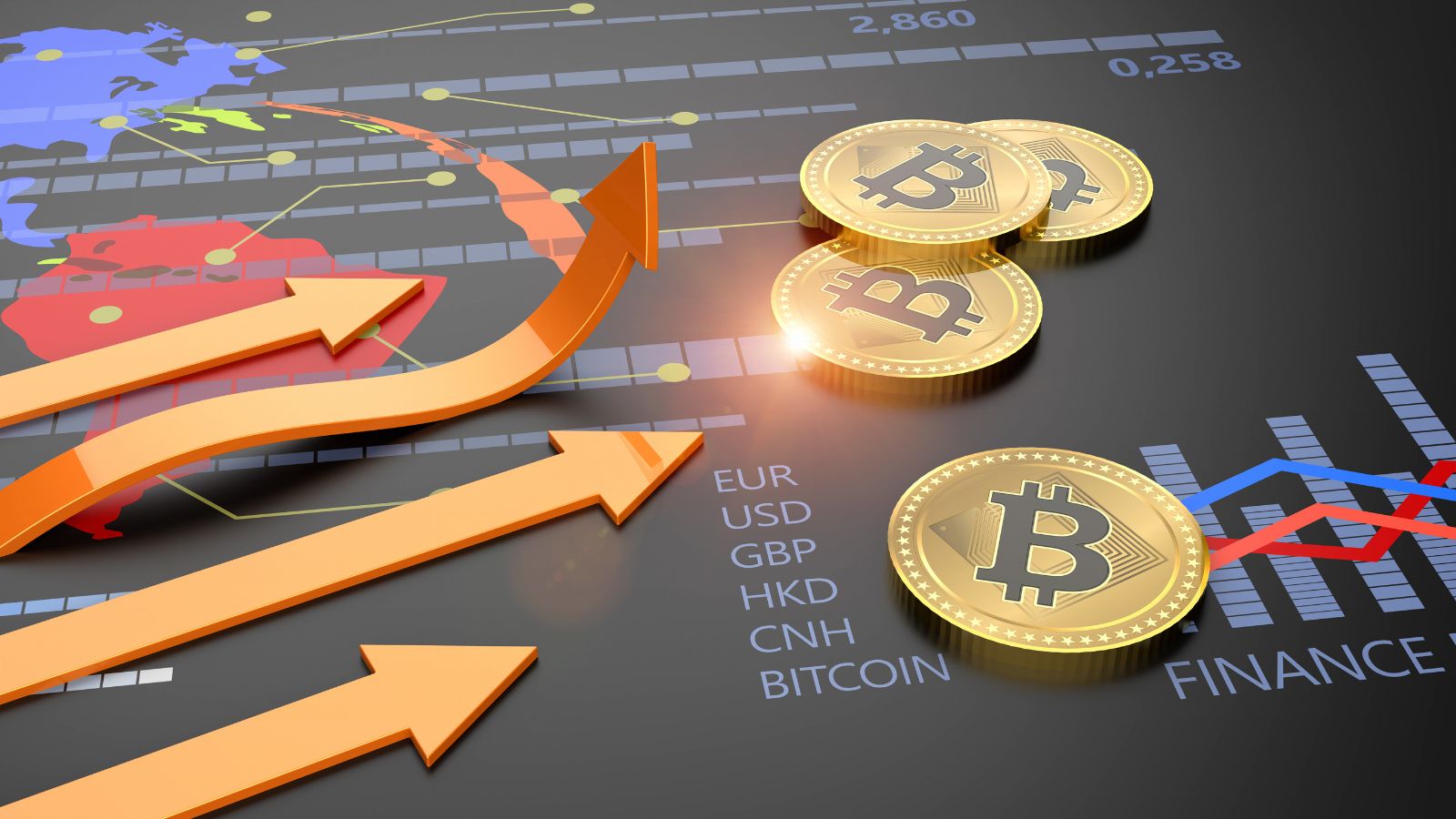
Introduction:
Market volatility plays a crucial role in the cryptocurrency sector, influencing price movements, trading strategies, and overall market sentiment. Unlike traditional financial assets, cryptocurrencies experience extreme fluctuations due to multiple factors, including regulatory decisions, investor sentiment, and macroeconomic events. These rapid price swings can create both opportunities and risks for traders.
Understanding how market volatility impacts crypto prices helps traders make informed decisions, reducing unnecessary risks while capitalizing on profitable opportunities. Volatility in crypto markets can result from events like global financial crises, changes in supply and demand, or even social media hype. By analyzing these elements and implementing strategic approaches, traders can navigate uncertain markets effectively.
The Key Factors That Drive Market Volatility in Crypto:
Cryptocurrency markets are highly volatile due to their decentralized and speculative nature. Various factors contribute to these price fluctuations, making it essential for traders to understand them.
- Regulatory Announcements: Government policies, new regulations, and restrictions on trading can significantly impact crypto prices. A sudden ban on exchanges or tighter tax regulations often lead to market sell-offs explains RefiGuide.org.
- Liquidity and Trading Volume: The availability of buyers and sellers affects how easily an asset’s price can change. Cryptocurrencies with lower liquidity tend to experience sharper price swings compared to well-established ones.
- Investor Sentiment and Market Hype: The influence of media, celebrity endorsements, and social media trends can create rapid shifts in investor sentiment. Positive news often drives prices up, while negative news triggers panic selling.
- Institutional Involvement: The entrance or exit of large institutional investors can influence market movements. A significant purchase by a hedge fund can drive prices higher, whereas a major sell-off can trigger a downtrend.
- Macroeconomic Conditions: Global events such as economic downturns, interest rate hikes, or geopolitical tensions impact the entire financial market, including cryptocurrencies. Economic uncertainty often leads investors to seek safer assets, affecting crypto valuations.
Each of these factors contributes to the unpredictable nature of the crypto market, emphasizing the need for traders to stay informed and prepared for sudden movements.
How Market Volatility Affects Different Types of Cryptocurrencies:
Not all cryptocurrencies respond to market volatility in the same way. Different types of digital assets experience price swings based on their unique characteristics.
- Bitcoin and Large-Cap Cryptos: Leading cryptocurrencies like Bitcoin and Ethereum tend to be more stable compared to smaller altcoins. While they still experience significant volatility, their larger market capitalization provides some level of resistance to extreme price swings.
- Altcoins and Emerging Tokens: Newer or lesser-known cryptocurrencies often experience higher levels of volatility. Due to lower liquidity and speculative trading, their price movements can be more dramatic.
- Stablecoins and Hedging Assets: Cryptocurrencies pegged to fiat currencies, such as USDT and USDC, are designed to minimize volatility. Traders often use them as safe havens during market turbulence.
- Meme Coins and Speculative Assets: Coins like Dogecoin and Shiba Inu heavily rely on community hype. Their prices can skyrocket due to viral trends or crash just as quickly when interest fades.
Understanding how different types of cryptocurrencies react to volatility helps traders adjust their strategies accordingly.
Strategies for Managing Risk During High Volatility Periods:
To navigate unpredictable markets, traders need to implement risk management techniques that help safeguard their investments.
- Diversification: Holding a mix of assets across different sectors reduces exposure to the price swings of any single cryptocurrency.
- Stop-Loss and Take-Profit Orders: Setting automatic sell points helps lock in profits or minimize losses without emotional decision-making.
- Stablecoin Conversion: Converting volatile holdings into stablecoins during uncertain times preserves portfolio value.
- Hedging with Derivatives: Advanced traders use futures contracts and options to hedge against downside risk.
- Long-Term Holding (HODLing): For investors with strong conviction in a project, holding through volatility reduces the impact of short-term price swings.
By applying these strategies, traders can mitigate risks while taking advantage of market opportunities.
The Role of Technical and Fundamental Analysis in Volatile Markets:
Analyzing the market effectively helps traders make informed decisions during volatile conditions. Both technical and fundamental analysis play a crucial role in predicting price movements.
- Technical Analysis:
- Using indicators like Bollinger Bands, RSI, and Moving Averages to identify overbought or oversold conditions.
- Monitoring historical support and resistance levels to determine potential entry and exit points.
- Studying candlestick patterns to anticipate future price movements.
- Fundamental Analysis:
- Evaluating project roadmaps, development updates, and partnerships.
- Assessing on-chain metrics like transaction volume and active addresses.
- Analyzing macroeconomic conditions that could impact the crypto market.
Combining both approaches provides a comprehensive view of market conditions, allowing traders to make well-informed decisions.
How Traders Can Benefit from Market Volatility:
While volatility presents risks, it also offers opportunities for traders who know how to capitalize on price swings.
- Day Trading and Scalping: Short-term traders take advantage of small price movements to generate quick profits. This strategy requires quick decision-making and deep market analysis.
- Swing Trading: Traders hold positions for days or weeks to capture medium-term trends. This approach helps avoid the noise of day-to-day fluctuations.
- Arbitrage Trading: Exploiting price differences across different exchanges allows traders to make risk-free profits. This requires fast execution and monitoring multiple platforms.
- Breakout Trading: Identifying key resistance levels and buying assets when they break through helps capture strong upward trends.
Understanding these strategies allows traders to profit even during turbulent market conditions. For those looking to optimize their trading experience, choosing a reliable Canadian Crypto Exchange can provide enhanced security, liquidity, and access to advanced trading tools.
The Importance of Psychological Discipline in Volatile Markets:
Emotional decision-making often leads to losses in crypto trading. Developing psychological discipline is essential for long-term success.
- Avoiding Fear and Greed: Many traders panic sell during dips and chase prices during rallies, leading to poor outcomes. Sticking to a strategy helps prevent emotional trading. Incorporating cost saving strategies and utilizing solutions can improve overall portfolio management.
- Practicing Patience: Market fluctuations are inevitable. Traders who remain patient and avoid impulsive actions tend to achieve better results.
- Maintaining a Long-Term Perspective: Instead of reacting to short-term price swings, focusing on the broader market trends leads to better decision-making.
By mastering emotional control, traders can navigate market volatility more effectively.
The Future of Market Volatility in Cryptocurrency Trading:
Volatility will always be a part of the crypto landscape, but understanding future trends can help traders stay ahead.
- Increased Institutional Adoption: As more financial institutions enter the market, volatility may decrease due to higher liquidity and stability.
- Regulatory Developments: Governments worldwide are establishing clearer guidelines, which could reduce uncertainty and market fluctuations.
- Technological Advancements: Innovations in blockchain technology and financial planning software free solutions will continue shaping the industry, potentially reducing speculation-driven volatility.
Traders who stay informed about these developments can better adapt to future market conditions.
Conclusion:
Market volatility is an inherent characteristic of the cryptocurrency industry, offering both risks and opportunities for traders. Understanding the factors that drive price swings, applying strategic risk management techniques, and maintaining psychological discipline are essential for navigating turbulent markets. By leveraging technical and fundamental analysis, traders can make informed decisions that help them capitalize on volatility rather than fall victim to it. With the right approach, traders can turn market uncertainty into profitable opportunities while mitigating unnecessary risks.









